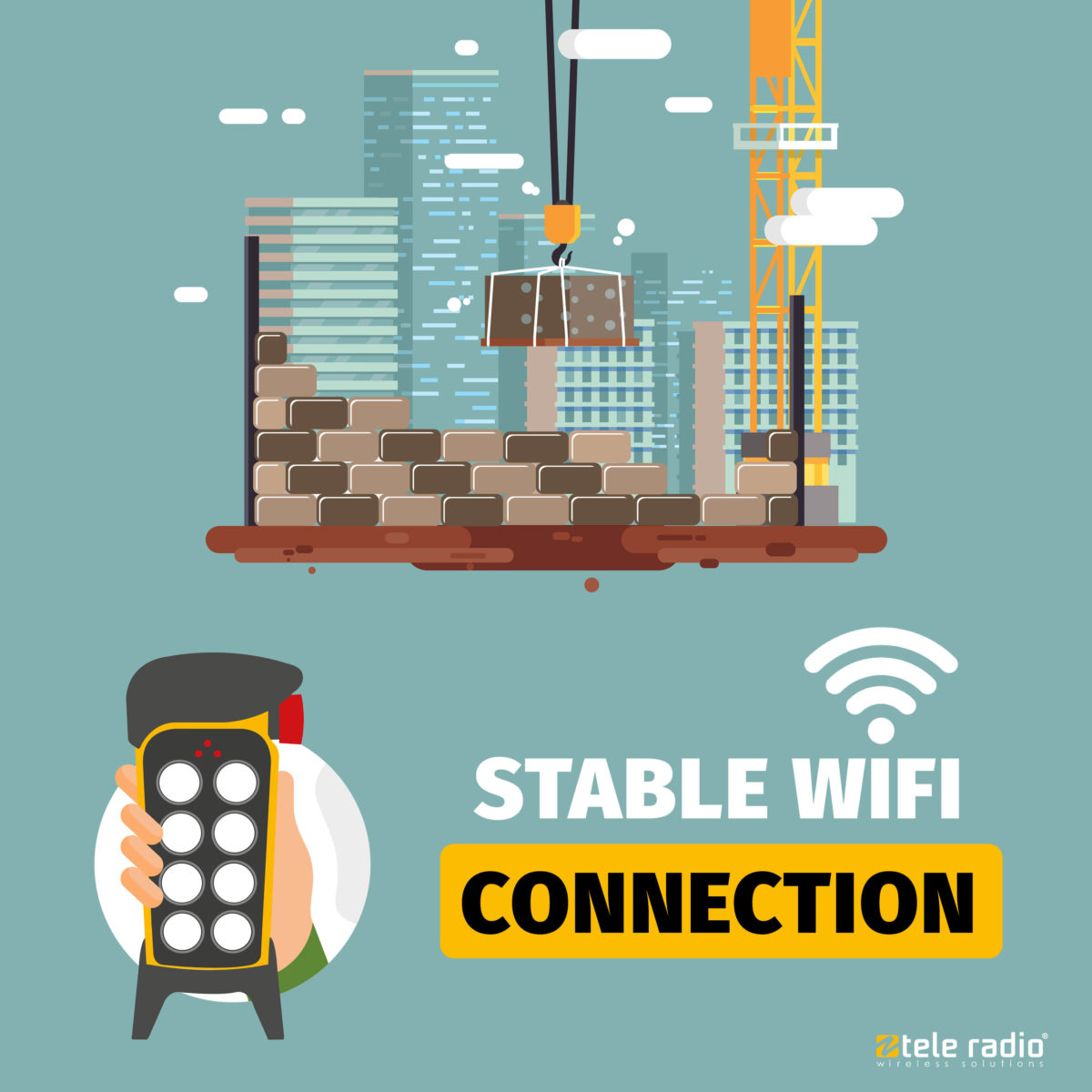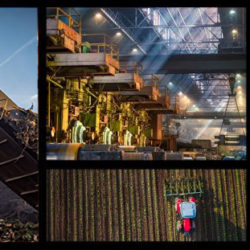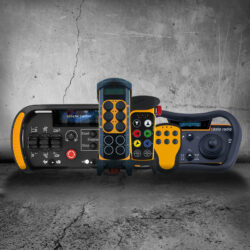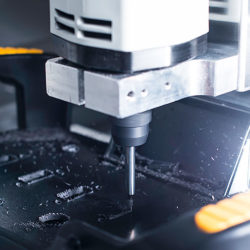Work safe and wireless thanks to smart spread radio signal
Blog • Posted on October 21, 2021 at 2:43 pm

The demand for wireless, radio remote controls, and similar products is growing explosively. This is logical, because by operating machines and tools remotely, work becomes safer and easier. As we have become used to it, we no longer think about how important a flawless connection between transmitter and receiver is. We owe this to a cleverly spread radio signal.
Tele Radio is an expert in the field of safe radio remote controls. The wireless systems can be found in process control, offshore, automated access systems, international shipping, in the operation of cranes and winches, and many more applications. Safety is key at Tele Radio. It is always considered first when devising and developing products. Therefore, our products meet the highest possible safety standards. Everything is aimed at ensuring that the transmitter-receiver combination always works flawlessly, whether that is on the widely used 2.4 GHz band or other frequencies.
Smooth and uncomplicated communication
Due to the increased use of wireless remote controls, the 16 channels of the 2.4 GHz band sometimes resemble a highway for radio traffic. Tele Radio uses techniques such as DSSS to ensure that everyone on that highway stays ‘in their own lane’. Therefore, that radiographic ‘traffic’ continues to run smoothly and without problems. That is the abbreviation for Direct Sequence Spread Spectrum. In short, this comes down to the fact that the WiFi-like signal between the transmitter and receiver is distributed over several channels so that the sent commands almost always arrive.
The benefits of a spread signal
A spread spectrum is a form of wireless communication in which the energy of the transmitted signal is deliberately spread over a specific frequency range. As a result, all these signals together use a larger bandwidth than the information they contain. The result is a noise-like signal that is difficult to detect and difficult to intercept. Due to the wide distribution, a sufficient amount of information almost always arrives at the receiver, so that the instructions given via the transmitter are carried out without any hitches or flaws. Also important is that the systems are virtually uninterrupted by the spread signal between transmitter and receiver. This makes the DSSS technology ideal for work environments where the greatest possible reliability is required and where larger numbers of control systems and, for example, WiFi stations are utilized. Thanks to this form of signal distribution, we can work without problems and above in complete safety with the wireless remote controls from Tele Radio.
























 Tele Radio soutient la protecion du Tigre dans la nature avec WWF.
Tele Radio soutient la protecion du Tigre dans la nature avec WWF.